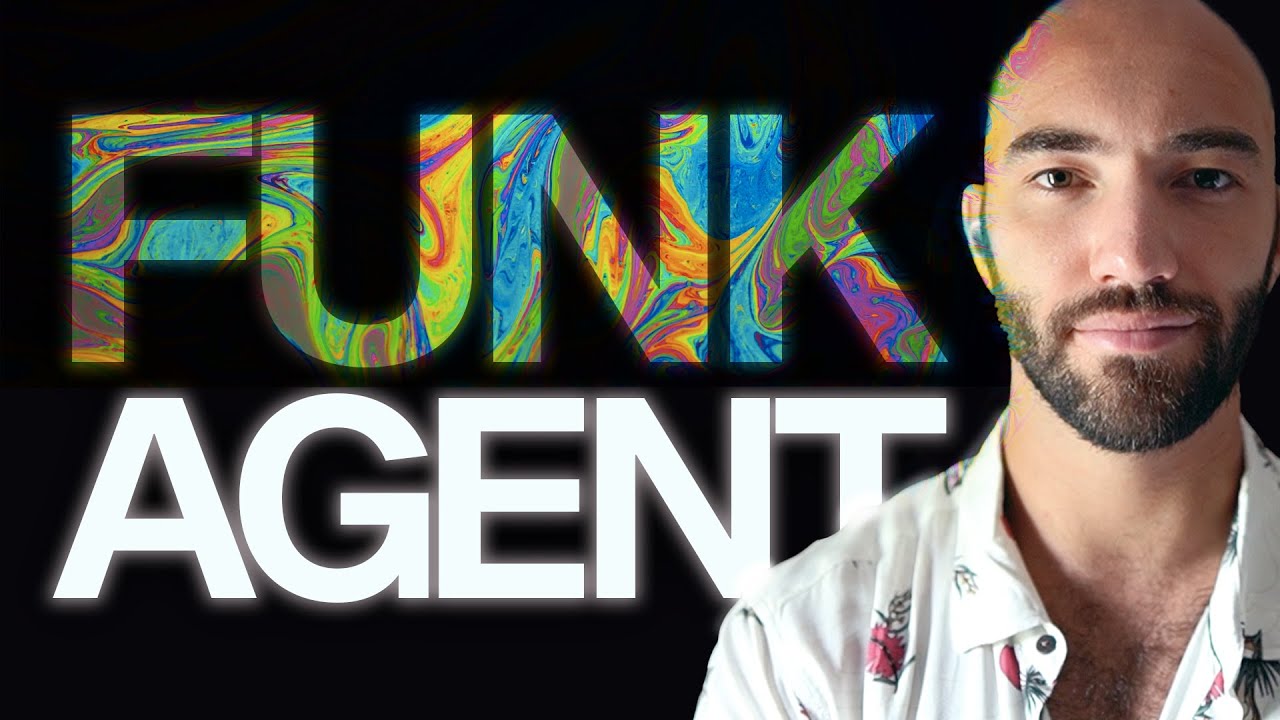In this video tutorial, a minimal agent framework is built using OpenAI’s function calling feature to automate various tasks efficiently. The framework leverages conversational history and internal monologue to create conversational agents with minimal complexity and overhead, providing a simple yet effective way for developing interactive AI agents.
In this video tutorial, the focus is on building a minimal agent framework similar to Lang chain but with less complexity. The framework makes use of OpenAI’s new function calling feature, allowing instructions to be passed to functions, enabling them to return JSON responses with parameters needed as input. A demonstration is shown where this feature is used to generate a product webpage, showcasing its potential to automate various tasks efficiently.
The minimal agent framework developed relies on OpenAI’s function calling along with leveraging function instructions inferred from function and docstrings. The focus is to enable conversational history and ensure the agent is robust yet simple to use with minimal overhead. The key components of the framework include the agents file containing the OpenAI API key, model name, and a list of functions the agent can utilize. Additionally, a parser file is responsible for converting function metadata into JSON format for function calling.
The framework includes a chat history feature, which allows for maintaining a conversation context with the agent. By leveraging the chat history, the agent can refer to past interactions and produce more conversational responses. A demonstration is shown where the agent infers the context from a previous query about the radius of a circle and automatically calculates the circumference when doubling the radius, showcasing the power of conversational agents using contextual information.
The process loop of the agent involves generating parameters for the function through OpenAI, feeding them into the function, obtaining the answer, and then using the answer to generate a response for the user. The internal monologue within the LM aids in decision-making, and the final response concatenating all thoughts is used for generating the final answer. The mechanism ensures a smooth flow of communication between the agent and the user by managing the query-response cycle effectively.
The agent framework, consisting of 114 lines of code, provides a streamlined approach to developing conversational agents. While OpenAI’s function calling feature takes care of the heavy lifting, the custom-built framework allows for incorporating unique functions easily. The minimal design, coupled with the ability to handle conversational history and internal monologue, showcases a simple yet effective way to create conversational agents for various tasks. The framework is shared on GitHub for further exploration and enhancements, offering insight into the development of interactive AI agents.
